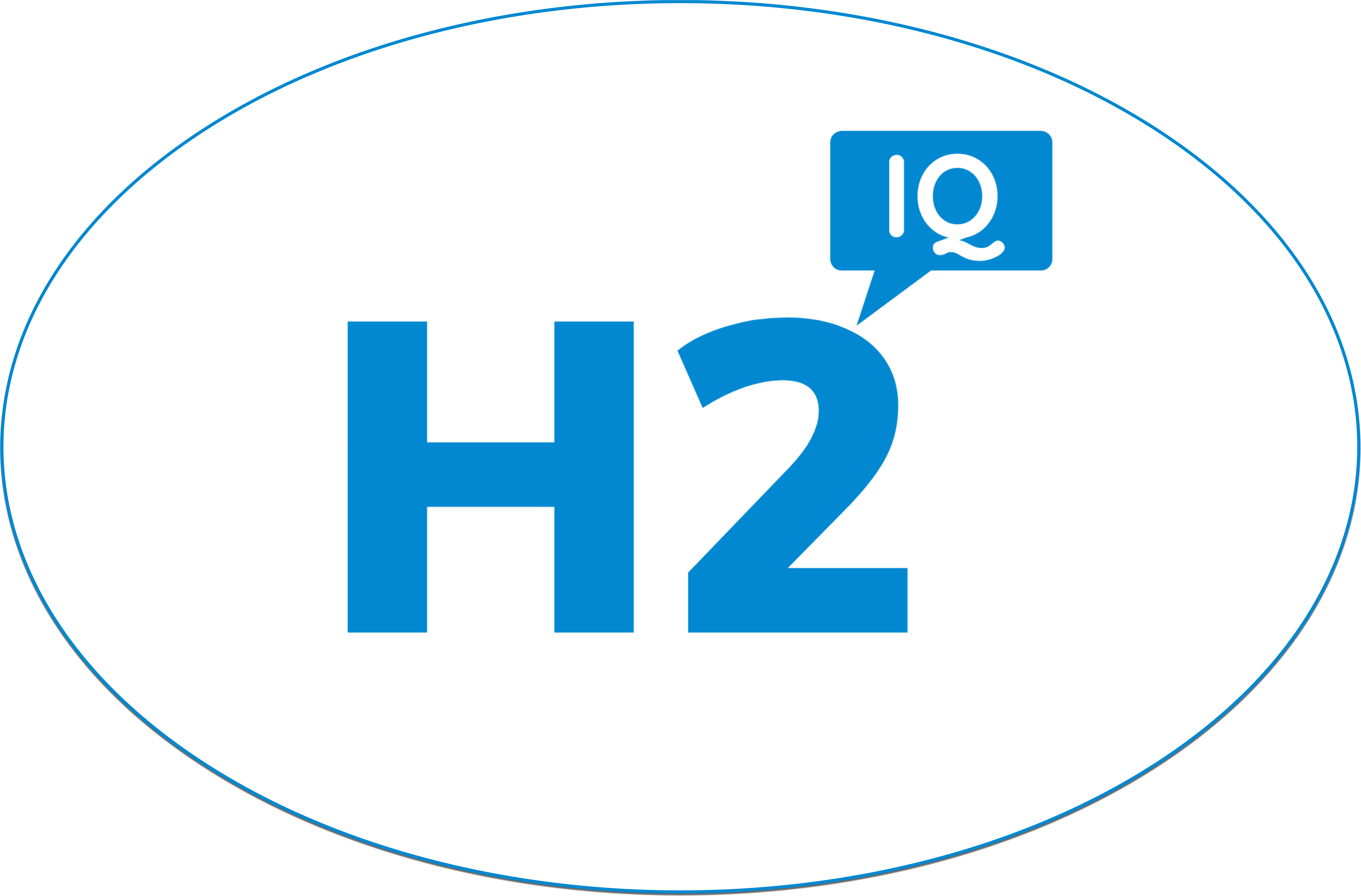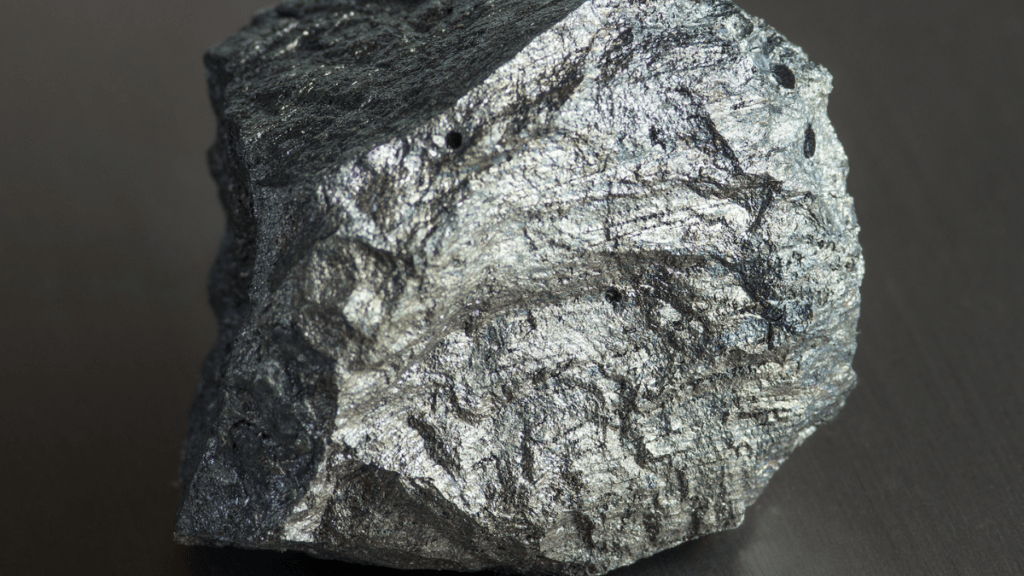
Green hydrogen, which produces hydrogen without the use of fossil fuels or the emission of carbon dioxide, has become increasingly important in recent years as part of efforts to realize a decarbonized economy. However, due to the high production cost of water electrolysis devices that produce green hydrogen, the economic feasibility of green hydrogen has not been very high. However, the development of a technology that drastically reduces the amount of rare metals such as iridium and platinum used in polymer electrolyte membrane water electrolysis devices is opening the way to lower production costs.
A research team led by Dr. Hyun S. Park and Sung Jong Yoo of the Hydrogen and Fuel Cell Research Center at the Korea Institute of Science and Technology (KIST) announced that they have developed a technology that can significantly reduce the amount of platinum and iridium, precious metals used in the electrode protection layer of polymer electrolyte membrane water electrolysis devices, and secure performance and durability on par with existing devices.
In particular, unlike previous studies that focused on reducing the amount of iridium catalyst while maintaining the structure that uses a large amount of platinum and gold as the electrode protection layer, the researchers replaced the precious metal in the electrode protection layer with inexpensive iron nitride having large surface area and uniformly coated a small amount of iridium catalyst on top of it, greatly increasing the economic efficiency of the electrolysis device.
The polymer electrolyte membrane water electrolysis device is a device that produces…





